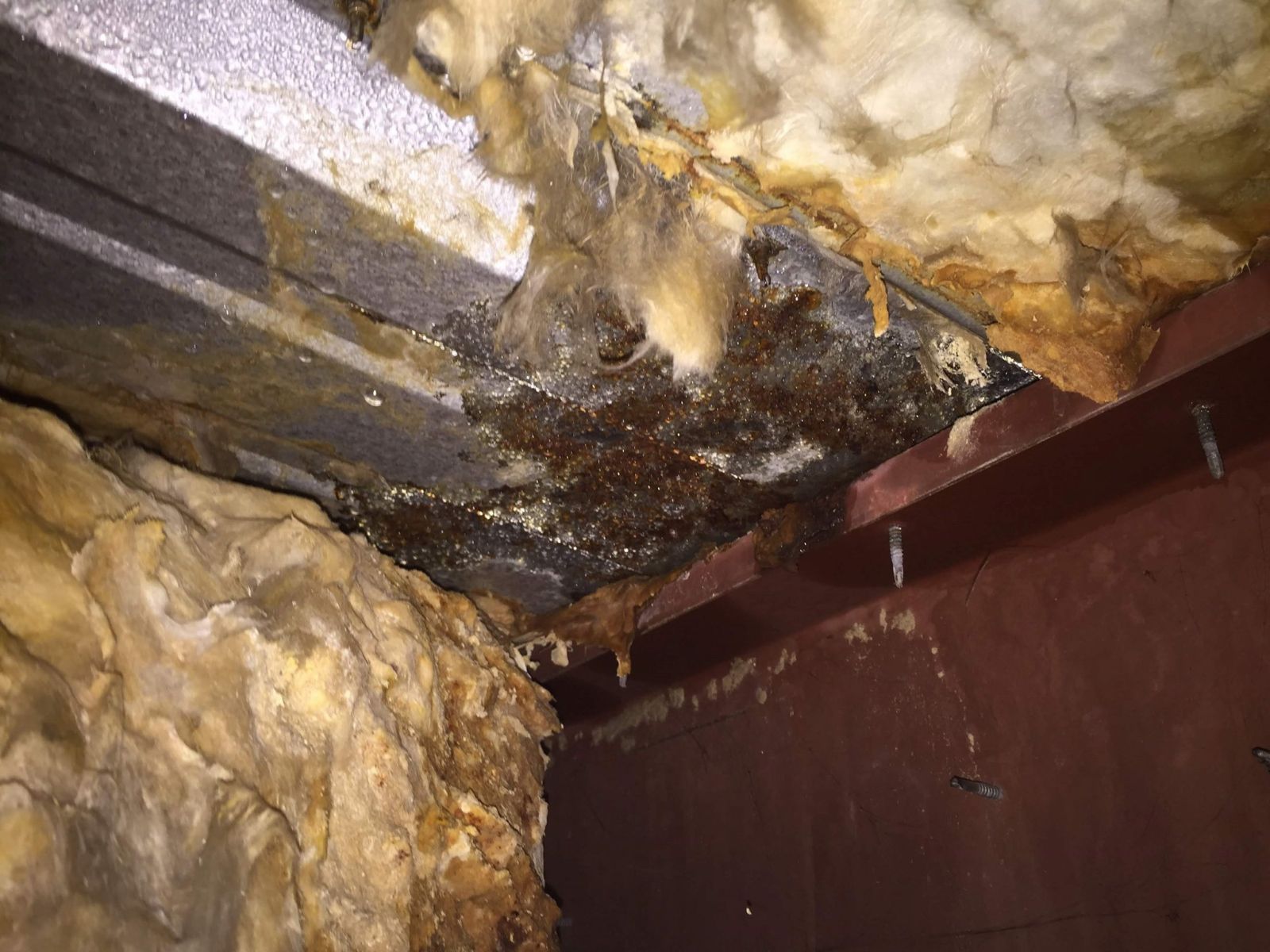

Articles
What Happens When Insulation Gets Wet
Modified: February 23, 2024
Discover the effects of wet insulation and learn how to prevent it. Read our informative articles for insights and tips on dealing with this common issue.
(Many of the links in this article redirect to a specific reviewed product. Your purchase of these products through affiliate links helps to generate commission for Storables.com, at no extra cost. Learn more)
Introduction
Insulation plays a crucial role in maintaining the energy efficiency and comfort of a building. Whether it’s in a residential or commercial space, insulation helps regulate temperature, reduce energy consumption, and provide soundproofing. However, there are instances when insulation can become compromised, particularly when it gets wet. In this article, we will explore what happens when insulation gets wet, the causes behind it, and the potential consequences that can arise from this unfortunate situation.
Wet insulation is a problem that must be addressed promptly as it can lead to numerous issues that can impact the integrity of a building and the health of its occupants. From the growth of mold and mildew to decreased thermal efficiency and structural damage, there are several reasons why wet insulation should not be ignored.
Throughout this article, we will also delve into the signs that indicate insulation is wet, the steps to investigate and address the issue, and effective ways to prevent insulation from getting wet in the first place. By understanding the impact of wet insulation and implementing proper measures, we can ensure the longevity of our buildings and the safety of everyone inside.
Key Takeaways:
- Wet insulation can lead to mold growth, decreased energy efficiency, structural damage, and health risks. Promptly address signs of wet insulation to prevent further damage and maintain a safe, comfortable indoor environment.
- Prevent wet insulation by proper installation, maintaining the building envelope, improving ventilation, and regular inspections. Taking proactive measures can ensure energy efficiency, structural integrity, and occupant health.
Read more: What Happens If Fake Grass Gets Wet?
Importance of Insulation
Before diving into the effects of wet insulation, it’s essential to understand the importance of insulation in a building. Insulation acts as a barrier that helps control the transfer of heat and cold between the interior and exterior of a structure. It works by minimizing heat flow through the walls, roof, and floors, thus reducing the need for excessive heating in the winter and excessive cooling in the summer.
Insulation not only helps maintain a comfortable indoor environment but also contributes to energy efficiency. By reducing the amount of heat and cold that enters or escapes a building, insulation helps lower energy consumption, resulting in significant cost savings for homeowners and businesses.
In addition to its thermal benefits, insulation also provides acoustic insulation, reducing noise transmission between rooms and from external sources. This is particularly important in multi-unit dwellings or commercial buildings where privacy and noise control are essential.
Furthermore, insulation helps protect the structural integrity of a building by preventing excessive expansion and contraction due to temperature fluctuations. This can help extend the lifespan of the building materials and reduce the need for repairs or maintenance.
Overall, insulation is a critical component of any building, contributing to energy efficiency, comfort, and long-term durability. However, when insulation becomes wet, it can lead to a range of problems that can undermine its effectiveness and compromise the integrity of the building itself.
Causes of Insulation Getting Wet
There are several factors that can lead to insulation becoming wet. Identifying the cause is crucial in order to effectively address the issue and prevent further damage. Let’s explore some common causes of wet insulation:
- Leaking Roof: A leaking roof is one of the most common causes of wet insulation. When there are gaps, cracks, or damaged areas in the roof, water can seep in during rainfall or snowmelt and soak the insulation.
- Plumbing Leaks: Plumbing leaks such as burst pipes or faulty connections can result in water infiltrating the walls or ceiling, reaching the insulation. This can happen in both residential and commercial buildings.
- Condensation: In areas with high humidity or inadequate ventilation, condensation can occur. When warm, moist air comes into contact with cooler surfaces, it can condense and lead to moisture buildup within the walls, floors, or ceilings.
- Flooding: Natural disasters like heavy rain, hurricanes, or flooding can infiltrate a building, saturating the insulation. This can be especially problematic if the water is contaminated.
- Improper Installation: Poor installation of insulation can also contribute to moisture issues. Gaps, overlaps, or compression can create spaces where water can accumulate and penetrate the insulation material.
- High Groundwater Levels: Buildings located in areas with high groundwater levels can be susceptible to water seeping through the foundation or basement walls. This can lead to dampness and wet insulation.
It’s important to note that different types of insulation have varying levels of water resistance. For example, while fiberglass batting can hold moisture, it may not be as prone to mold growth as some other insulation materials. However, prolonged exposure to water can still cause damage and compromise its thermal efficiency.
By identifying the cause of wet insulation, it becomes easier to address the issue and prevent further damage. Regular inspections of the building envelope and prompt repairs are key to maintaining a dry and well-insulated environment.
Consequences of Wet Insulation
Wet insulation can have a range of negative consequences that can impact both the building and its occupants. It’s crucial to understand these potential outcomes in order to take swift and appropriate action. Here are some of the consequences of wet insulation:
- Mold and Mildew Growth: One of the most immediate and concerning consequences of wet insulation is the growth of mold and mildew. These microorganisms thrive in damp environments and can quickly spread through the insulation material and into other areas of the building. Mold and mildew not only contribute to a musty odor but also pose health risks to occupants, particularly those with allergies or respiratory conditions.
- Decreased Thermal Efficiency: Wet insulation loses its ability to effectively regulate temperature. The presence of moisture within the insulation material creates a thermal bridge, allowing heat or cold to pass through more easily. As a result, the building’s heating and cooling systems have to work harder to maintain a comfortable temperature, leading to increased energy consumption and higher utility bills.
- Structural Damage: Prolonged exposure to moisture can cause structural damage to the building. Water can weaken wooden beams, corrode metal components, and deteriorate concrete or masonry. This can compromise the stability and integrity of the structure, leading to costly repairs or even safety hazards.
- Health Risks: The presence of mold and mildew in wet insulation can have serious health implications. Breathing in mold spores can trigger allergic reactions, respiratory issues, and even infections in some cases. Occupants may experience symptoms such as coughing, sneezing, wheezing, and skin irritation. Those with compromised immune systems or pre-existing respiratory conditions are particularly vulnerable.
- Unpleasant Odors: Wet insulation can emit unpleasant odors due to the growth of mold and mildew. These odors can permeate throughout the building, making the indoor environment unhealthy and unwelcoming. This can significantly affect the comfort and quality of life for occupants.
It’s important to address wet insulation promptly to mitigate these consequences. By identifying and resolving the underlying issue, removing and replacing the affected insulation, and implementing preventive measures, it is possible to restore the functionality and safety of the building.
Mold and Mildew Growth
One of the most significant consequences of wet insulation is the growth of mold and mildew. Mold and mildew are types of fungi that thrive in damp and humid environments. When insulation becomes wet, it creates the perfect breeding ground for these microorganisms.
Mold and mildew reproduce through microscopic spores that float through the air. When these spores land on a moist surface, such as wet insulation, they can begin to grow and spread rapidly. This can have several negative effects on both the building and the health of its occupants.
The growth of mold and mildew in wet insulation can cause a range of problems:
- Structural Damage: Mold and mildew can penetrate and deteriorate the insulation material, as well as other adjacent materials such as drywall or wooden structures. Over time, this can weaken the building’s structure and compromise its stability.
- Health Risks: Exposure to mold spores and the mycotoxins they produce can lead to various health issues. Some individuals may experience allergic reactions, including sneezing, coughing, watery eyes, and skin irritation. Others, especially those with respiratory conditions such as asthma or allergies, may suffer from more severe symptoms, including difficulty breathing and asthma attacks.
- Unpleasant Odors: Mold and mildew growth in wet insulation can emit a distinct musty odor. This odor can permeate throughout the building, making the air stale and unpleasant to breathe. It can be particularly noticeable in enclosed spaces, such as basements or attics.
- Spread to Other Areas: If left untreated, mold and mildew can spread beyond the wet insulation to other parts of the building. They can infiltrate walls, ceilings, and even furniture, causing further damage and increasing the risk of health issues for occupants.
- Difficulties in Resolving the Issue: Once mold and mildew have taken hold in wet insulation, it can be challenging to eradicate them entirely. Specialized remediation methods and professional assistance may be required to effectively remove the mold and restore the affected area.
To prevent mold and mildew growth in wet insulation, it’s crucial to address any moisture issues promptly. This may involve fixing leaks, improving ventilation, or implementing proper insulation installation techniques to minimize the chances of moisture infiltration.
In cases where mold and mildew have already proliferated in the insulation, it’s essential to consult a professional restoration service. They can assess the extent of the damage, safely remove the affected insulation, and implement measures to prevent future mold growth.
By addressing and preventing mold and mildew growth in wet insulation, it is possible to maintain a healthy and safe indoor environment for building occupants.
Read more: What Happens If An Electric Motor Gets Wet
Decreased Thermal Efficiency
When insulation becomes wet, its ability to provide effective thermal insulation is significantly diminished. This decrease in thermal efficiency can have a range of negative consequences for a building and its occupants.
Insulation works by creating a barrier that prevents the transfer of heat between the interior and exterior of a structure. It helps keep the indoor environment comfortable by minimizing heat loss in colder months and heat gain in hotter months. However, when insulation is wet, it undergoes physical changes that hinder its thermal insulation properties.
Here are some of the ways in which wet insulation leads to decreased thermal efficiency:
- Thermal Bridging: Wet insulation creates a thermal bridge, which allows heat or cold to pass through more easily. This means that the insulation is no longer able to effectively trap and regulate the desired temperature, resulting in increased heat loss or gain. As a result, the building’s heating and cooling systems have to work harder to maintain a comfortable indoor temperature, leading to higher energy bills and decreased energy efficiency.
- Ineffective Air Sealing: Wet insulation loses its ability to provide an effective air seal. Air leaks can occur between the insulation material and the building envelope, allowing outside air to infiltrate the interior space. This can lead to drafts, temperature inconsistencies, and increased energy consumption as the HVAC system tries to compensate for the loss of conditioned air.
- Reduced Insulation R-Value: The R-value of insulation measures its ability to resist heat flow. Wet insulation has a significantly reduced R-value compared to dry insulation. This means that it offers less thermal resistance, allowing more heat or cold to transfer through the building envelope. As a result, the building becomes less energy-efficient, leading to higher energy costs.
- Increased Moisture Absorption: Wet insulation has a higher moisture content, and moisture is a conductor of heat. As a result, the insulation can absorb and retain moisture, further reducing its thermal insulation abilities. This can also lead to prolonged drying times, perpetuating the problem and increasing the risk of mold and mildew growth.
- Comfort Issues: Buildings with wet insulation may experience temperature inconsistencies and discomfort due to the reduced thermal efficiency. Occupants may feel colder or hotter than desired, leading to a less pleasant living or working environment.
Addressing wet insulation promptly is crucial to restore its thermal efficiency and maintain a comfortable indoor environment. This involves identifying and addressing the source of moisture, removing and replacing the affected insulation, and implementing preventive measures to prevent future water infiltration.
By restoring the thermal efficiency of insulation, buildings can achieve better energy efficiency, reduced energy costs, and improved comfort for occupants.
Structural Damage
Wet insulation can lead to significant structural damage within a building. When moisture infiltrates the insulation material and remains trapped, it can initiate a series of destructive processes that compromise the integrity of the structure itself.
Here are some ways in which wet insulation can cause structural damage:
- Wood Rot: If the wet insulation is in contact with wooden structures such as beams, joists, or framing, it can lead to wood rot. Moisture provides an ideal environment for wood-damaging organisms such as fungi and termites. Over time, these organisms break down the wood, causing it to lose strength and stability. This can weaken the entire structure of the building.
- Corrosion: Moisture can cause metal components within the building, such as nails, screws, or support brackets, to corrode. Corrosion weakens the integrity of these components, compromising their structural effectiveness. This can result in structural instability and potential safety hazards.
- Deterioration of Concrete or Masonry: Wet insulation can also affect the durability of concrete or masonry materials. Water ingress can lead to cracks, efflorescence (white salt deposits), and overall degradation of the material. As a result, the structural strength of walls, foundations, or floors can be compromised, requiring expensive repairs.
- Weakened Load-Bearing Capacity: Wet insulation can reduce the load-bearing capacity of structural elements, such as walls or floors. As moisture seeps into the materials, it weakens their ability to withstand vertical or horizontal forces, potentially leading to structural failure or collapse.
- Drywall Damage: The presence of wet insulation can cause drywall to become saturated and damaged. Wet drywall loses its strength, integrity, and ability to provide a smooth and even surface. This can result in cracks, bulges, or even failure of the drywall, requiring repairs or replacement.
Addressing the issue of wet insulation promptly is crucial to prevent further structural damage. This involves identifying the source of moisture, repairing leaks or improving drainage systems, and removing and replacing the affected insulation and any damaged building materials.
Regular inspections and maintenance of the building envelope are essential to identify and address potential moisture issues early on, preventing significant structural damage. By maintaining the structural integrity of the building, safety is ensured, and the need for costly repairs or renovations can be minimized.
If insulation gets wet, it can lose its effectiveness and lead to mold growth. It’s important to identify and fix the source of the moisture, and replace any damaged insulation promptly.
Health Risks
Wet insulation poses significant health risks to the occupants of a building. The presence of moisture creates an ideal environment for the growth of mold, mildew, and other harmful microorganisms. Exposure to these contaminants can lead to various adverse health effects. Here are some of the potential health risks associated with wet insulation:
- Allergic Reactions: Mold spores can trigger allergic reactions in susceptible individuals. Common symptoms include sneezing, coughing, itchy or watery eyes, nasal congestion, and skin irritation. These allergic reactions can range from mild to severe, depending on the sensitivity of the individual and the extent of mold exposure.
- Asthma Exacerbation: Individuals with asthma may experience worsening of their symptoms when exposed to mold or damp environments. Mold spores can act as irritants and trigger asthma attacks, resulting in difficulty breathing, wheezing, chest tightness, and coughing.
- Respiratory Infections: Prolonged exposure to mold and other microbial contaminants can increase the risk of respiratory infections. This is especially true for individuals with weakened immune systems or pre-existing respiratory conditions.
- Toxic Effects: Some mold species produce toxins known as mycotoxins. Exposure to these mycotoxins can result in more severe health effects, including neurological symptoms, headaches, fatigue, dizziness, and even organ damage in extreme cases.
- Skin Irritation: Contact with wet insulation or mold-infested materials can cause skin irritation and allergic reactions. Direct contact can lead to rashes, itching, and redness in sensitive individuals.
- Eye and Nose Irritation: Mold spores and other airborne particles released by wet insulation can irritate the eyes and nasal passages, leading to redness, itchiness, watering eyes, and nasal congestion.
It is important to note that the severity of health effects can vary depending on the individual’s sensitivity, exposure duration, and concentration of mold or contaminants.
Addressing wet insulation immediately and removing and replacing affected materials can help mitigate these health risks. Additionally, improving ventilation, managing humidity levels, and ensuring proper insulation installation are preventive measures that can minimize the likelihood of wet insulation and associated health problems.
If significant mold growth is present, it is recommended to seek professional assistance from mold remediation experts who have the expertise and equipment to safely remove the affected materials and mitigate the health risks.
By addressing wet insulation promptly and maintaining a healthy indoor environment, the risks to occupants’ health can be minimized, ensuring a safe and comfortable living or working environment.
Signs of Wet Insulation
Detecting wet insulation early is crucial in order to mitigate damage and prevent further issues from arising. There are several signs that can indicate the presence of wet insulation in a building. By being aware of these signs, you can take the necessary steps to address the problem promptly. Here are some common signs to look out for:
- Visible Stains: Water stains on ceilings, walls, or floors can be a clear indicator of moisture infiltration. These stains may appear as dark or discolored patches and can often be accompanied by peeling paint or wallpaper.
- Damp or Musty Odor: Wet insulation often emits a distinct musty or damp odor. This smell may be more noticeable in specific areas, such as basements, attics, or crawl spaces, where moisture tends to accumulate.
- Mold or Mildew Growth: The presence of mold or mildew on walls, ceilings, or other surfaces can indicate the presence of wet insulation. Mold growth is often accompanied by a fuzzy or discolored appearance and is commonly found in areas with high moisture levels.
- Water Damage: If you notice water damage, such as peeling or bubbling paint, warped or stained flooring, or sagging ceilings, it could be a sign of wet insulation. These damages are typically caused by prolonged exposure to moisture.
- Cold or Drafty Areas: In some cases, wet insulation can lead to a noticeable decrease in thermal comfort. You may experience cold spots or drafts in areas close to the wet insulation, indicating compromised thermal insulation.
- High Humidity Levels: Excessive humidity levels in the building can be a sign of moisture-related issues, including wet insulation. If you notice condensation on windows, walls, or pipes, or if the air feels excessively humid, it may indicate a moisture problem.
It’s important to note that these signs can vary depending on the extent and location of the wet insulation, as well as the type of building materials and insulation used. Additionally, it’s possible for wet insulation to be hidden behind walls, ceilings, or floors, making it challenging to identify without professional assistance.
If you suspect or notice any of these signs, it is recommended to consult a professional insulation contractor or a building inspector. They can assess the situation, identify the source of moisture, and provide appropriate solutions to address the wet insulation.
By being vigilant and addressing wet insulation promptly, you can prevent further damage to your building and create a healthier and more comfortable indoor environment.
Read more: What Happens If Home Decor Fabric Gets Wet
Investigating and Addressing the Issue
When you suspect or identify wet insulation in your building, it is crucial to take immediate action to investigate and address the underlying issue. Here are the steps to effectively investigate and address the problem:
- Visual Inspection: Begin by conducting a thorough visual inspection of the areas where wet insulation is suspected. Look for signs such as water stains, mold or mildew growth, and visible moisture on surfaces. Pay close attention to areas prone to water intrusion, such as roofs, walls near plumbing fixtures, and areas with poor ventilation.
- Moisture Testing: Use a moisture meter to measure the moisture content of the insulation and surrounding materials. This can help pinpoint the extent of the wet insulation and identify areas that require immediate attention.
- Identify the Source: Determine the source of the moisture that is causing the wet insulation. This may involve inspecting the roof for leaks, checking plumbing connections for leaks or clogs, or investigating areas where condensation may be occurring. Identifying and addressing the root cause is crucial to preventing further damage.
- Repair Leaks: If the source of moisture is identified as a leak, it needs to be repaired promptly. This may involve patching a hole in the roof, fixing a leaking pipe, or unclogging a drain. Ensure that the necessary repairs are done by a qualified professional to avoid further complications.
- Remove Affected Materials: Wet insulation and any damaged building materials should be removed to prevent further mold growth and structural damage. This may require the help of professionals to ensure safe and thorough removal.
- Dry Out the Area: After removing the wet insulation, it is essential to dry out the affected area thoroughly. Use dehumidifiers, fans, and proper ventilation to aid in the drying process. Monitor the humidity levels to ensure that the area is completely dry before proceeding with insulation replacement.
- Replace Insulation: Once the area is dry and the source of moisture is resolved, replace the wet insulation with new and appropriate insulation material. Ensure that the installation is done correctly, following manufacturer guidelines and local building codes.
- Implement Preventive Measures: Take measures to prevent future instances of wet insulation. This may include improving ventilation, installing vapor barriers, insulating pipes to prevent condensation, and regularly maintaining the building envelope to prevent water intrusion.
It’s important to note that investigating and addressing wet insulation issues may require professional assistance, particularly when dealing with extensive damage or hidden moisture sources. Seek the guidance of experienced contractors or building inspectors to ensure a thorough and effective resolution.
By promptly investigating and addressing wet insulation, you can mitigate further damage, improve indoor air quality, and maintain a safe and comfortable living or working environment for the occupants.
Removing and Replacing Wet Insulation
When wet insulation is identified, it’s essential to take swift action to remove and replace the affected insulation. Proper removal and replacement are crucial to prevent further damage, address potential health hazards, and restore insulation’s thermal efficiency. Here are the steps involved in removing and replacing wet insulation:
- Assessment and Safety Measures: Begin by assessing the extent of the wet insulation damage. Identify the areas that are affected and determine the type of insulation material used. Take appropriate safety measures, such as wearing protective clothing, gloves, and a respirator mask, to safeguard against potential health risks during the removal process.
- Containment: To prevent the spread of mold spores and other contaminants, set up containment measures. This may include sealing off the affected area with plastic sheets and using negative air pressure to ensure that air flow is directed away from unaffected areas.
- Removal: Carefully remove the wet insulation, taking caution not to spread mold spores or damage surrounding building materials. If the insulation is loose-fill or batt insulation, it can be removed by hand or using a vacuum with HEPA filters. For spray foam insulation or insulation that is difficult to remove, it may be necessary to hire professional removal services.
- Cleaning and Disinfection: Thoroughly clean and disinfect the area after the wet insulation is removed. Use appropriate cleaning solutions and methods recommended for mold remediation. This step helps eliminate any remaining mold spores or contaminants that may have been present in the affected area.
- Drying the Area: Ensure the area is completely dry before installing new insulation. Use dehumidifiers, fans, or heaters to expedite the drying process. Monitor the area’s moisture levels to ensure it is dry and free from excess humidity.
- Choosing and Installing New Insulation: Select an appropriate insulation material for the specific area and insulation needs. Common options include fiberglass batts, blown-in cellulose, or spray foam insulation. Follow manufacturer guidelines and local building codes for proper installation techniques to ensure optimal thermal performance and energy efficiency.
- Post-Installation Inspection: After the new insulation is installed, conduct a visual inspection to ensure that all areas are properly covered and there are no gaps or compression. This will ensure the insulation functions effectively and maximizes its thermal performance.
- Preventative Measures: Implement measures to prevent future instances of wet insulation. This may include improving ventilation, addressing water leaks promptly, and maintaining the building envelope to prevent moisture intrusion. Regular inspections and maintenance are key to ensuring the longevity and effectiveness of the new insulation.
It’s important to note that the removal and replacement of wet insulation may require professional assistance, particularly for larger or more complex projects. Consulting with insulation contractors or mold remediation specialists can help ensure proper handling, disposal, and remediation techniques are employed.
By following these steps and addressing wet insulation promptly and effectively, you can restore the insulation’s functionality, improve energy efficiency, and create a healthier and more comfortable indoor environment.
Preventing Insulation from Getting Wet
Preventing insulation from getting wet is essential to maintain its effectiveness and prevent a range of issues that can arise from moisture infiltration. By implementing preventative measures, you can safeguard your building from potential water damage and ensure the longevity of your insulation. Here are some effective strategies for preventing insulation from getting wet:
- Proper Installation: Ensure that insulation is installed correctly by following manufacturer guidelines and local building codes. This includes using the appropriate type and amount of insulation for each specific area, sealing gaps or air leaks, and minimizing compression to maintain optimal thermal performance.
- Vapor Barriers: Install vapor barriers on the warm side of the insulation to help prevent moisture from penetrating the insulation material. Vapor barriers act as a protective layer, reducing the risk of condensation and moisture buildup within the insulation.
- Maintain Building Envelope: Regularly inspect the building envelope, including roofs, walls, windows, and doors, for signs of damage, gaps, or leaks. Repair any cracks or openings promptly to prevent water infiltration into the insulation.
- Improve Ventilation: Proper ventilation is key to managing moisture levels and preventing condensation. Ensure that the building has adequate ventilation in areas prone to high humidity, such as bathrooms, kitchens, and basements. Consider installing exhaust fans or dehumidifiers in these areas to control moisture levels.
- Gutter and Downspout Maintenance: Keep gutters and downspouts clean and free from debris to ensure proper drainage of rainwater. Regularly inspect and repair any leaks or damage to prevent water from seeping into the building’s walls or foundation.
- Landscaping and Grading: Ensure that the ground around the building slopes away from the foundation, directing water away from the structure. Proper grading and landscaping can help prevent water accumulation around the building, reducing the risk of water infiltration into the insulation.
- Insulate Pipes: Insulate exposed pipes to prevent condensation. This can help reduce the risk of water dripping onto insulation or other building materials, which could lead to moisture-related issues.
- Regular Inspections: Conduct regular inspections of the building’s interior and exterior to identify any signs of leaks, water damage, or moisture-related issues. Promptly address and repair any issues to prevent further damage to the insulation.
- Maintain Humidity Levels: Monitor and maintain appropriate humidity levels within the building. Use dehumidifiers in areas with high humidity, and ensure proper ventilation to control moisture and prevent excessive humidity that can contribute to wet insulation.
By implementing these preventative measures, you can minimize the risk of wet insulation and maintain its thermal efficiency. Timely identification of moisture sources and prompt repairs are essential to prevent damage to both the insulation and the building’s structure.
Remember, if you do encounter wet insulation, it is vital to address the issue promptly by investigating the source of moisture and addressing any leaks or damage. Taking proactive steps to prevent insulation from getting wet will help ensure a comfortable, energy-efficient, and durable building for years to come.
Conclusion
Wet insulation is a problem that should not be taken lightly. It can lead to a range of consequences, including mold and mildew growth, decreased thermal efficiency, structural damage, and health risks. It is essential to be aware of the signs of wet insulation and take prompt action to investigate and address the issue.
By identifying the source of moisture, repairing leaks, and removing and replacing the affected insulation, you can prevent further damage and restore the functionality of your building. It is also crucial to implement preventive measures to minimize the chances of future water infiltration and wet insulation.
Regular maintenance, proper installation techniques, and adequate ventilation are key in preventing insulation from getting wet. Ensuring a well-maintained building envelope, managing moisture levels, and promptly addressing any issues that arise are essential for preserving the integrity of the insulation and the overall structure.
By taking proactive measures to prevent wet insulation, you can enjoy a more energy-efficient and comfortable living or working environment. Additionally, you can minimize the risk of health hazards associated with mold and mildew growth.
Remember, if you discover signs of wet insulation, it is crucial to consult with professionals for a thorough assessment and proper remediation. Their expertise and knowledge will help ensure safe and effective resolution.
By prioritizing the prevention and timely management of wet insulation, you can protect your investment, maintain a healthy and comfortable indoor environment, and prolong the lifespan of your building for years to come.
Frequently Asked Questions about What Happens When Insulation Gets Wet
Was this page helpful?
At Storables.com, we guarantee accurate and reliable information. Our content, validated by Expert Board Contributors, is crafted following stringent Editorial Policies. We're committed to providing you with well-researched, expert-backed insights for all your informational needs.

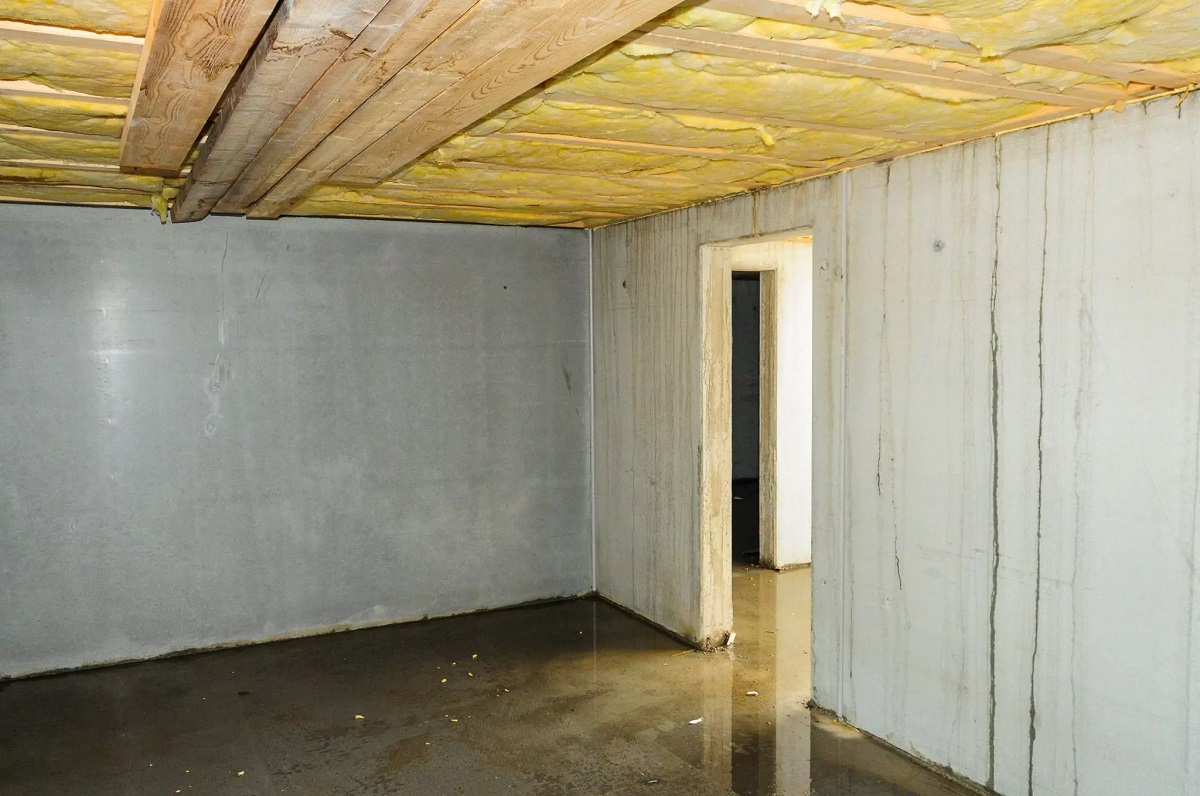
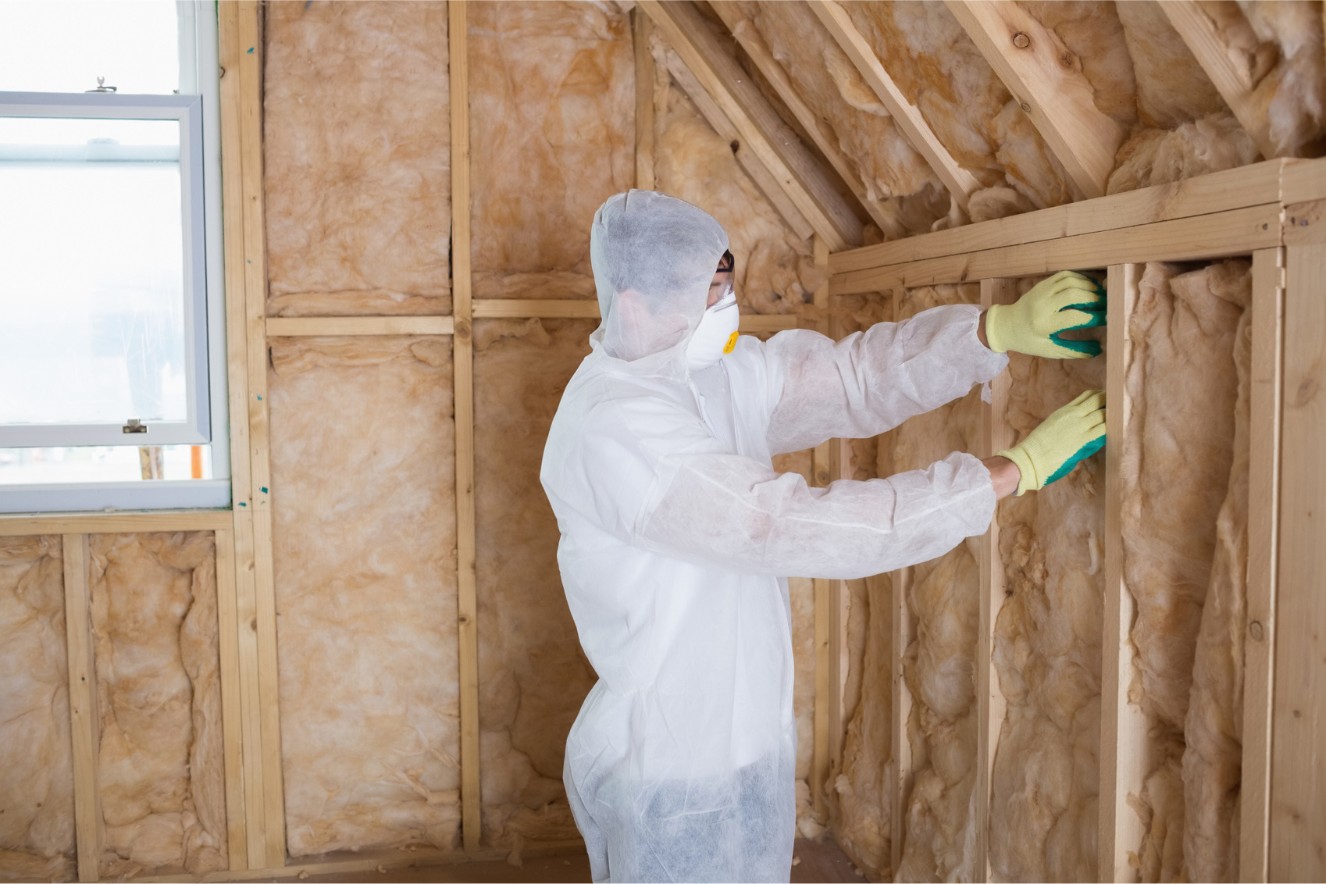
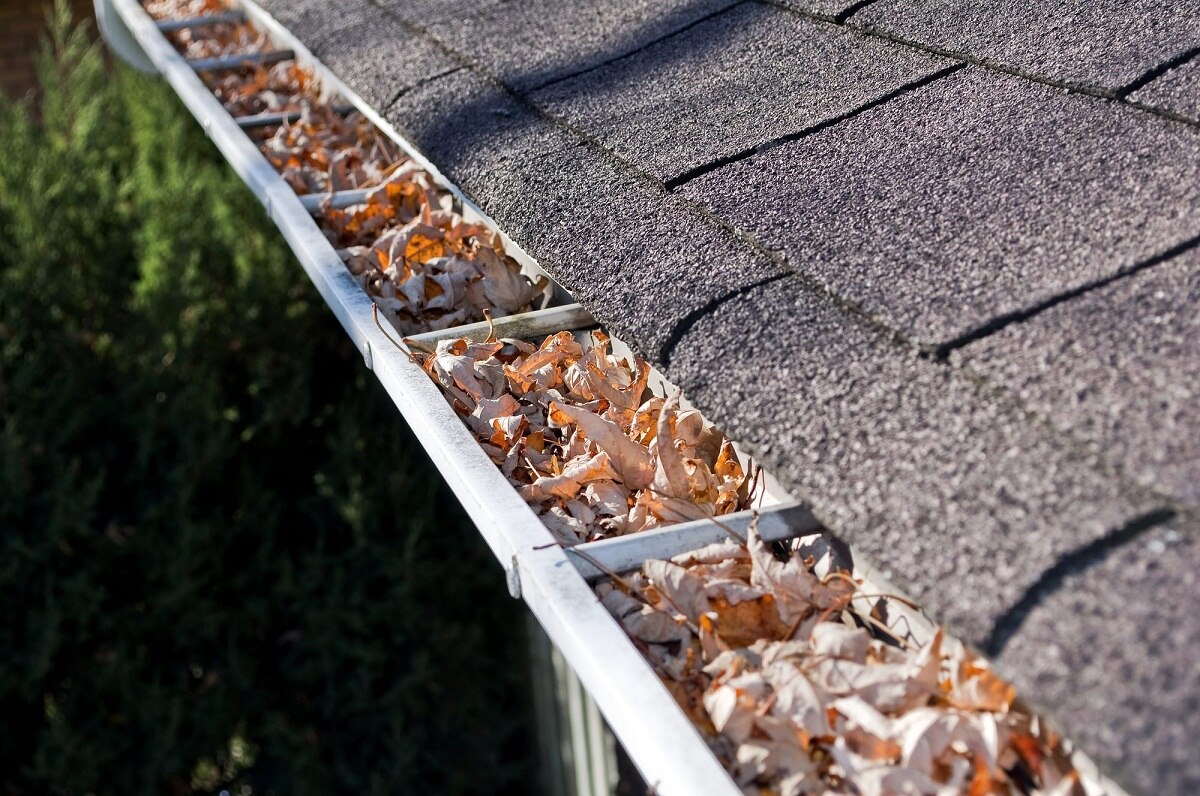

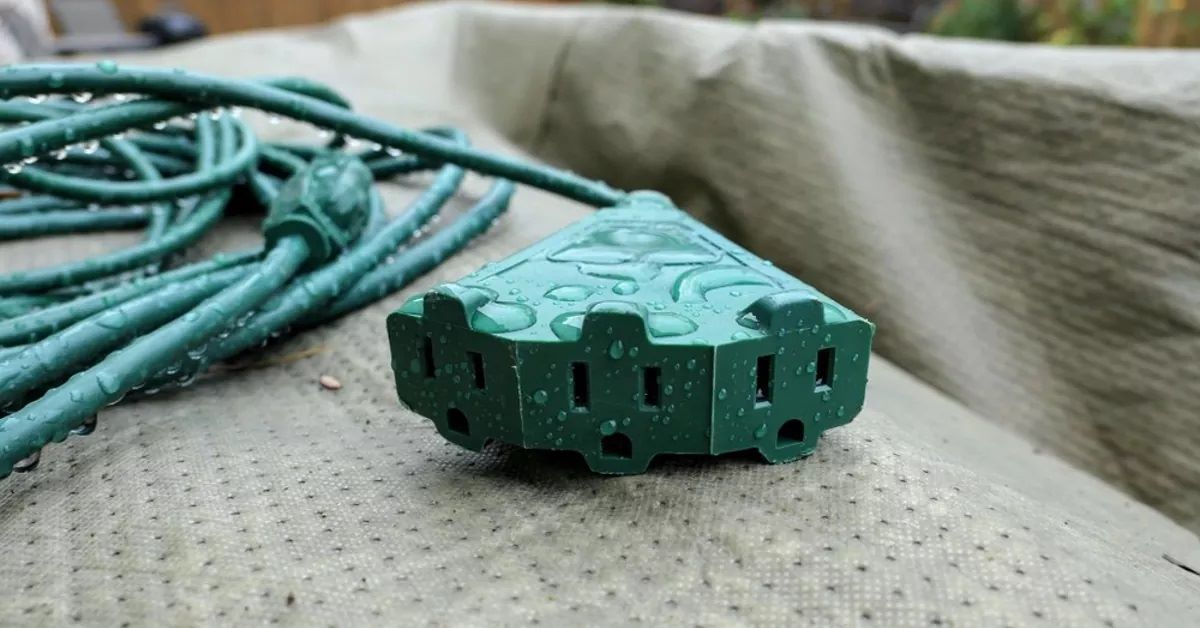
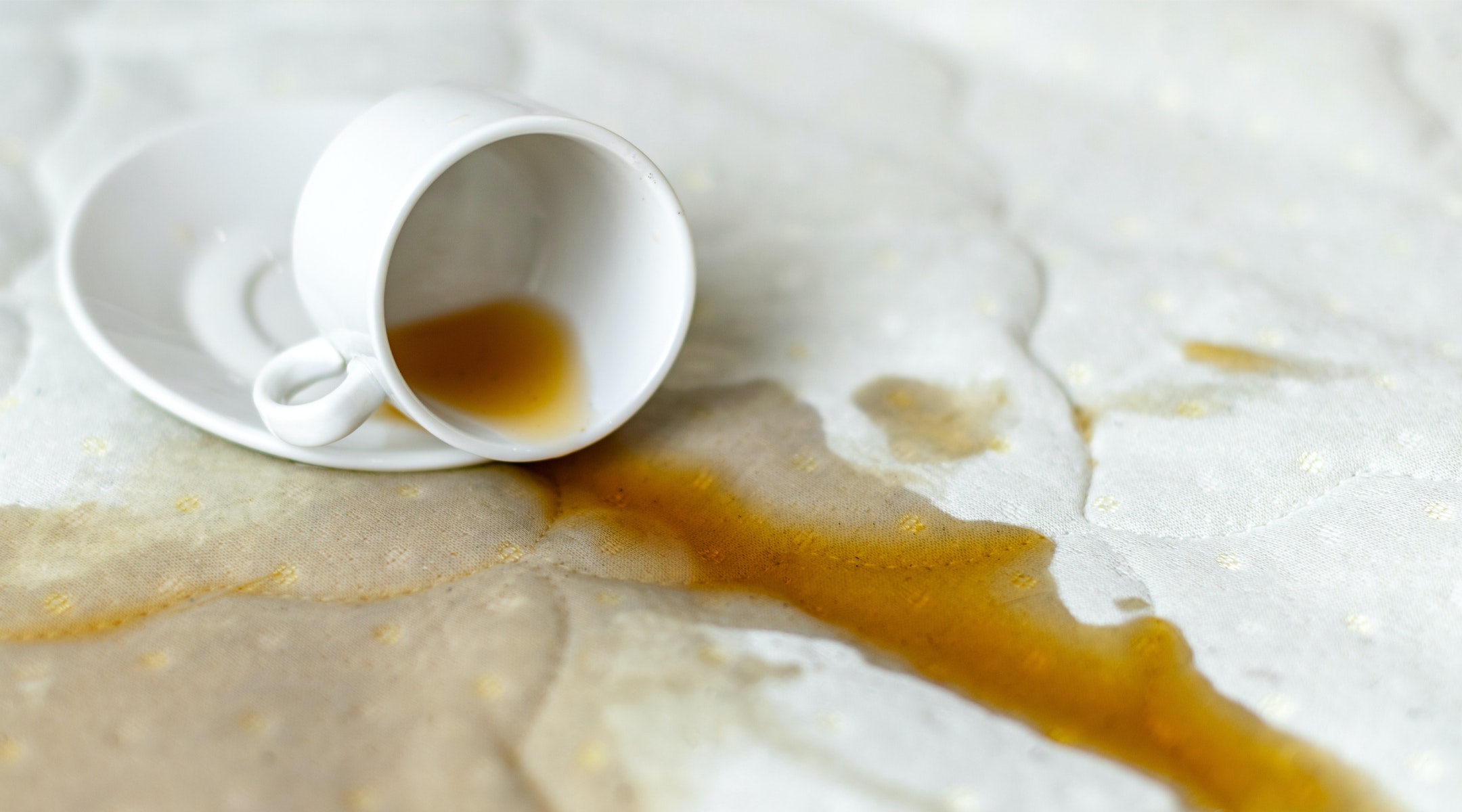
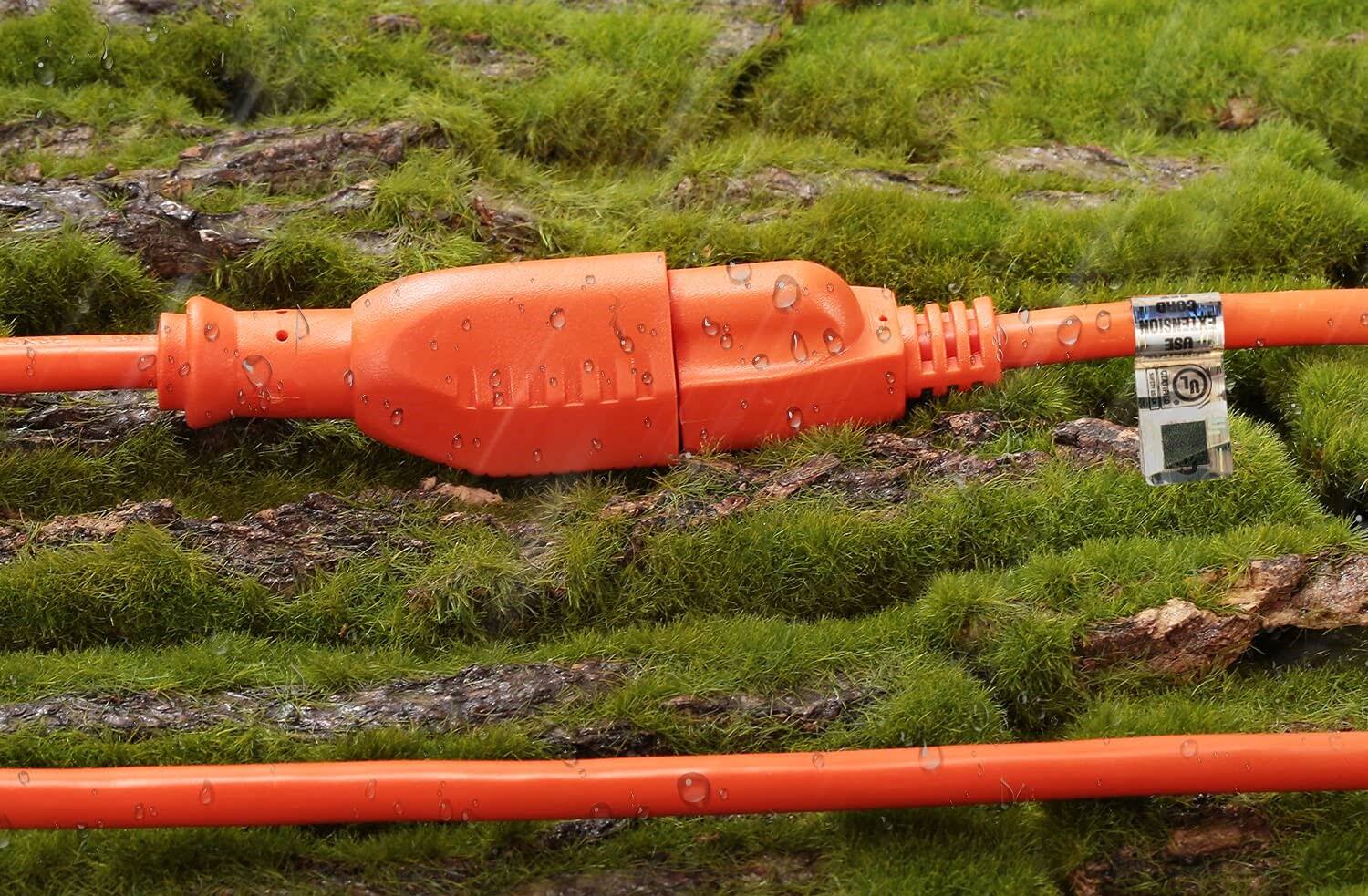
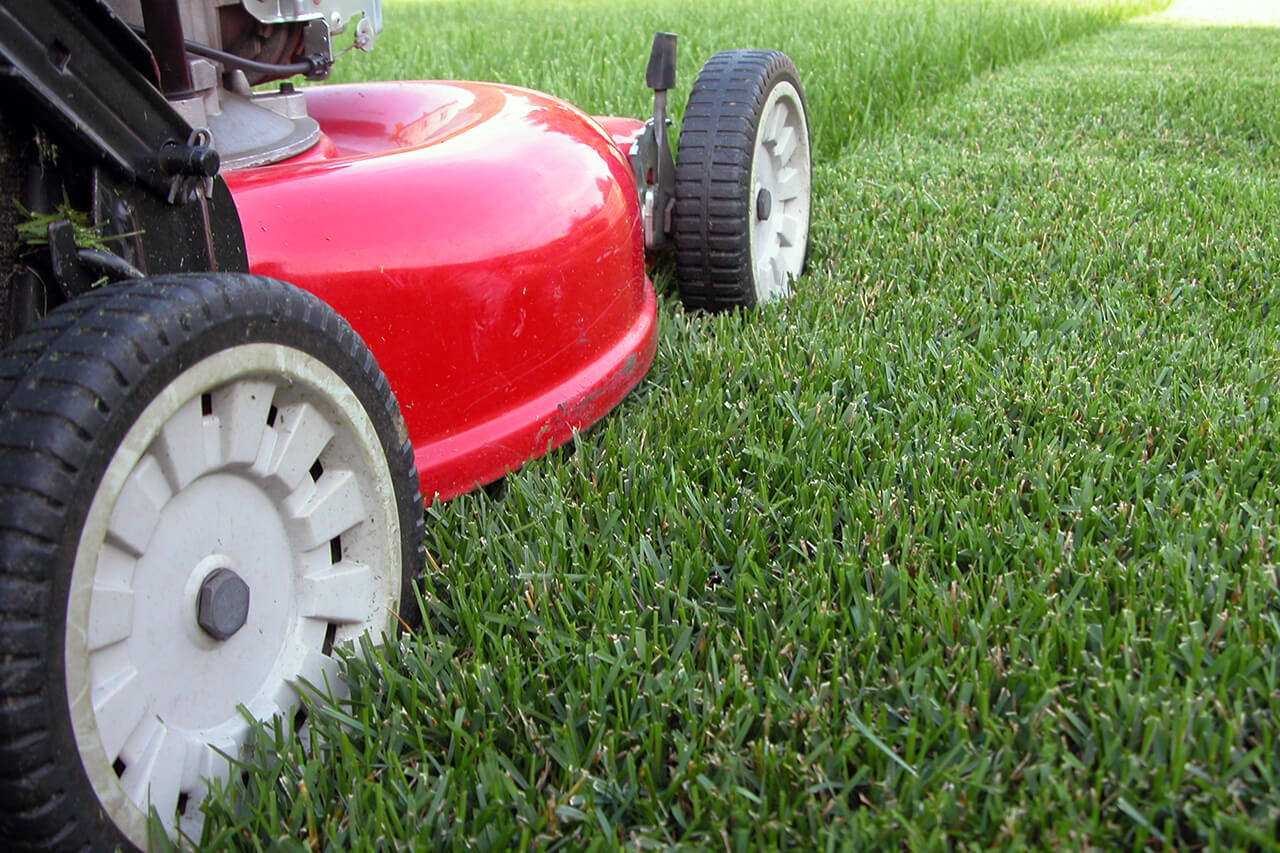
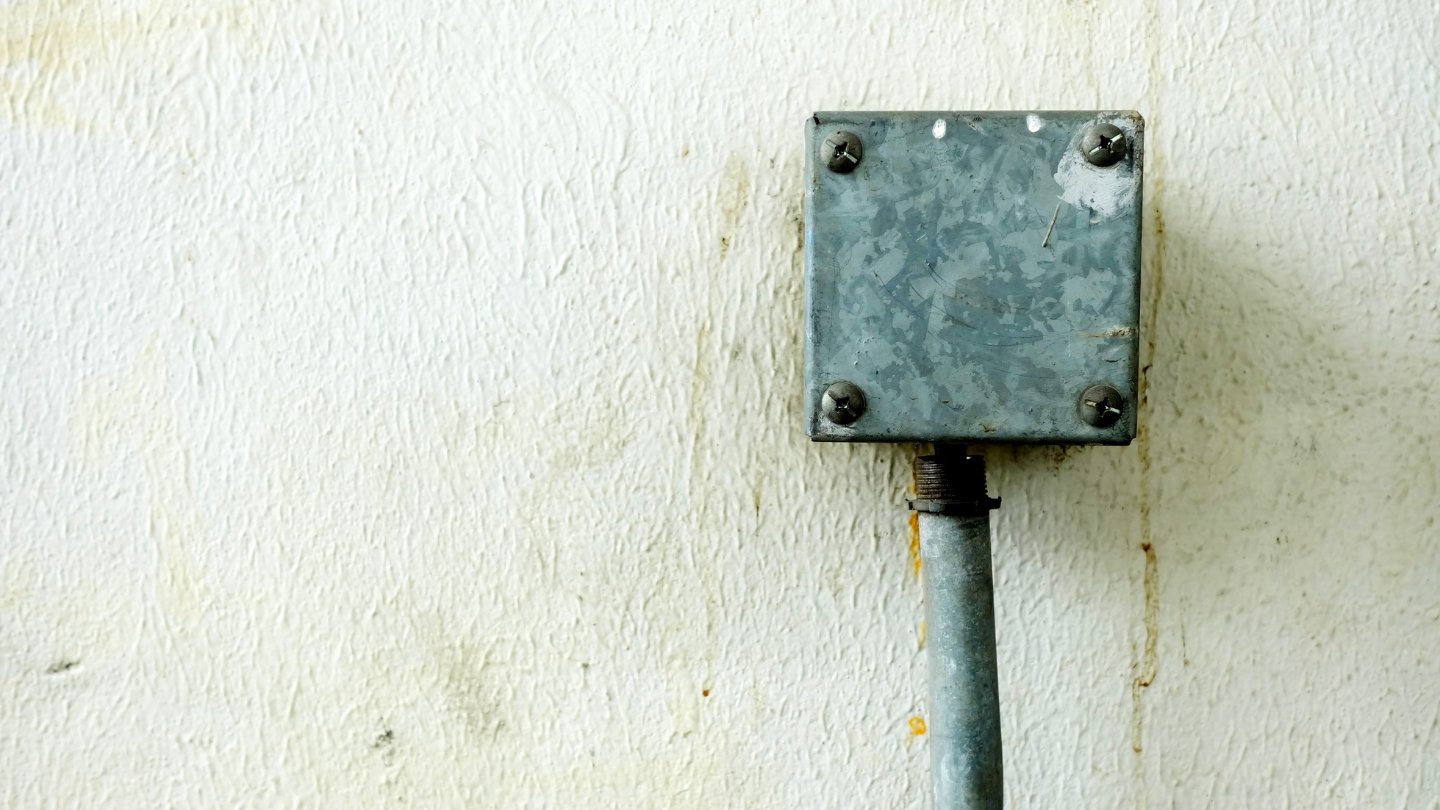
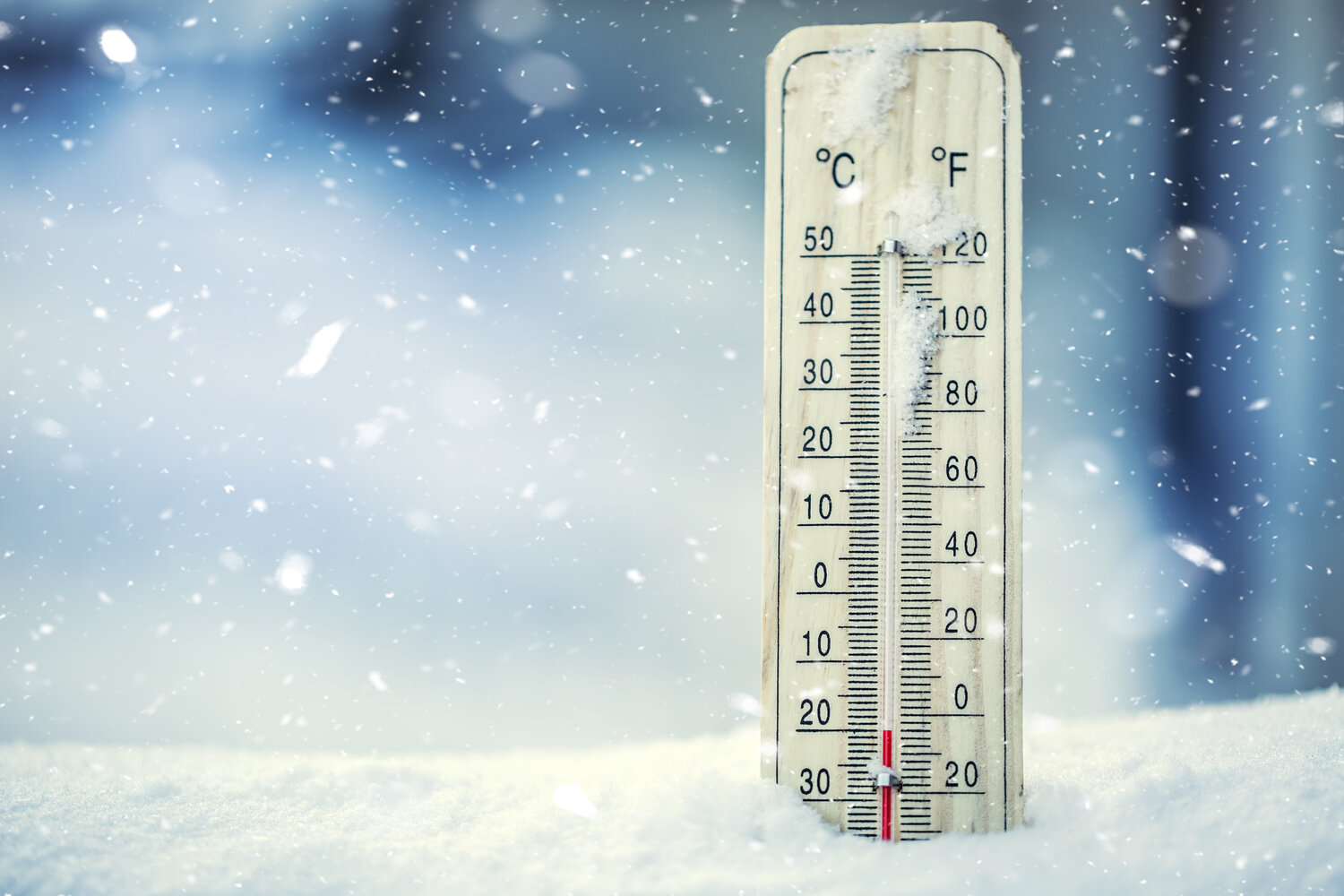
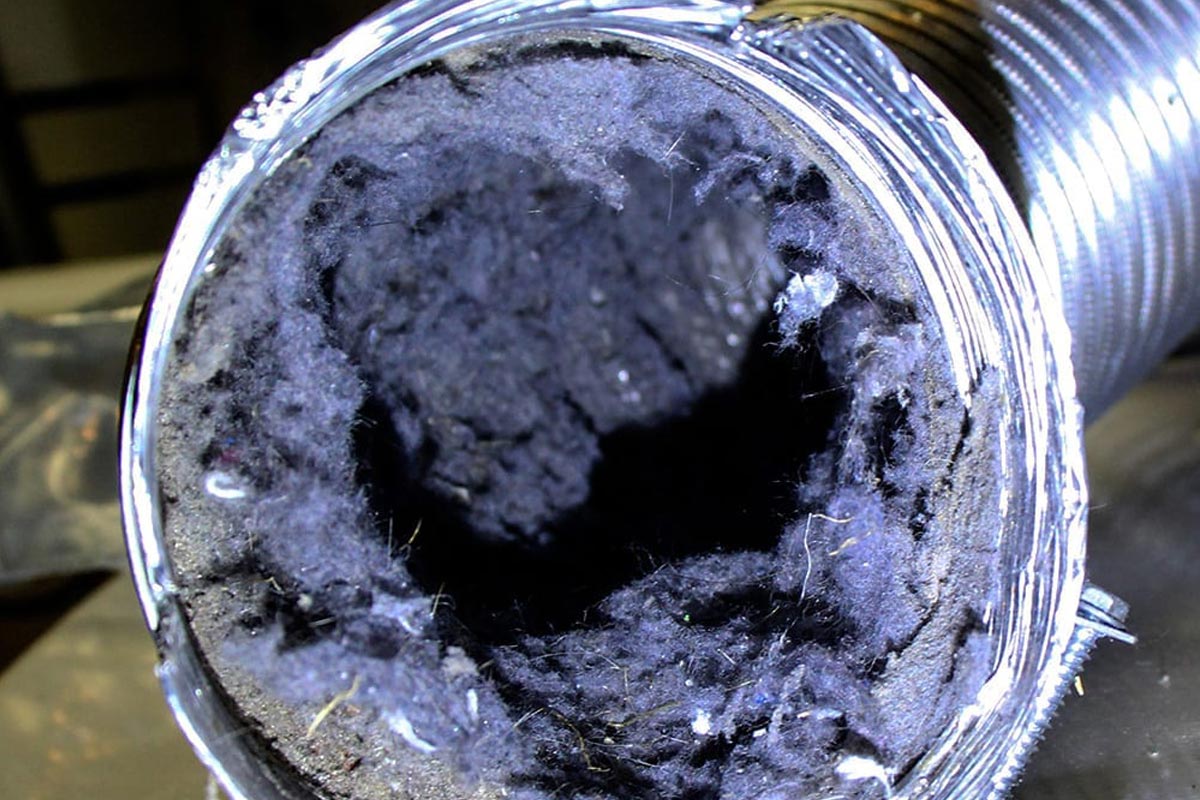
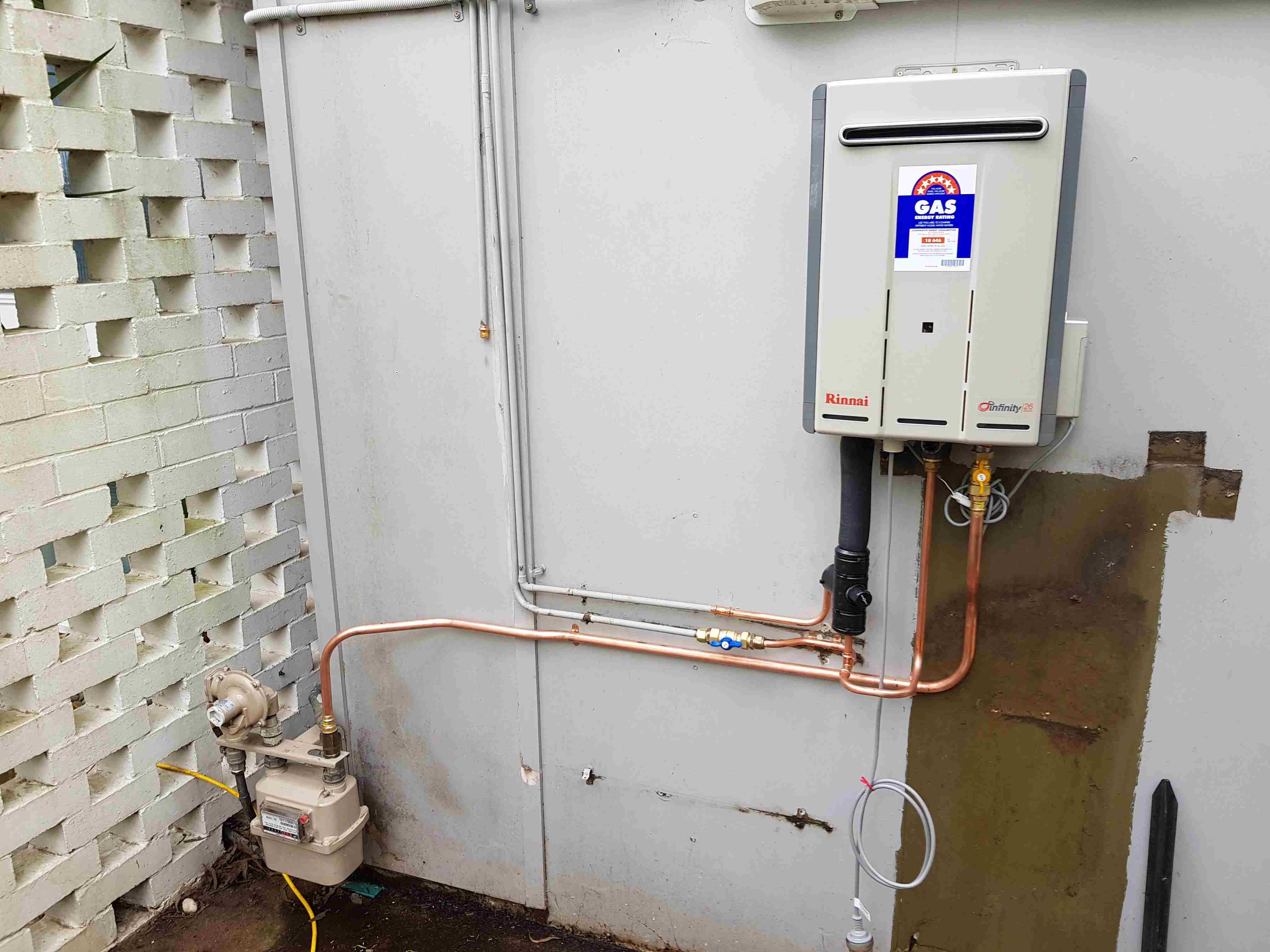

0 thoughts on “What Happens When Insulation Gets Wet”